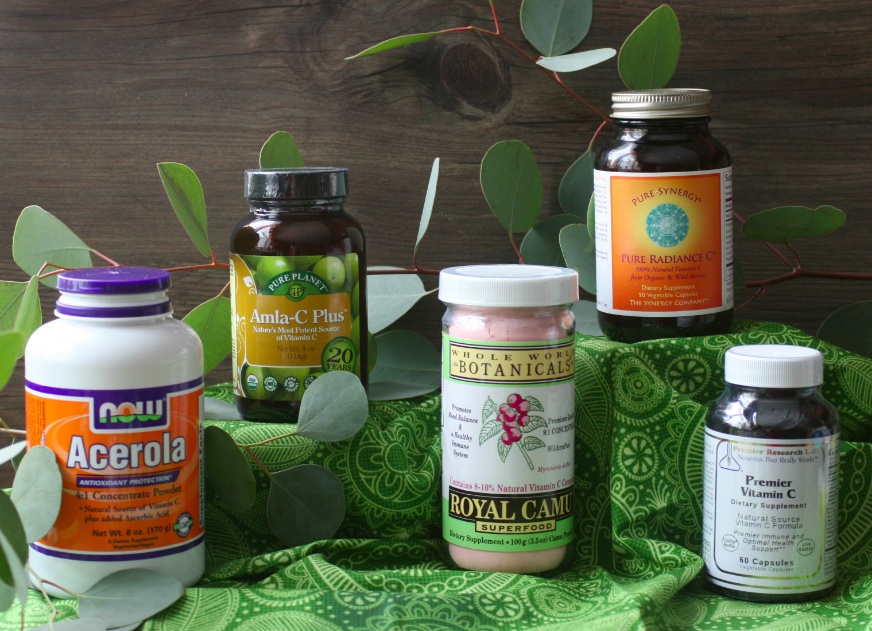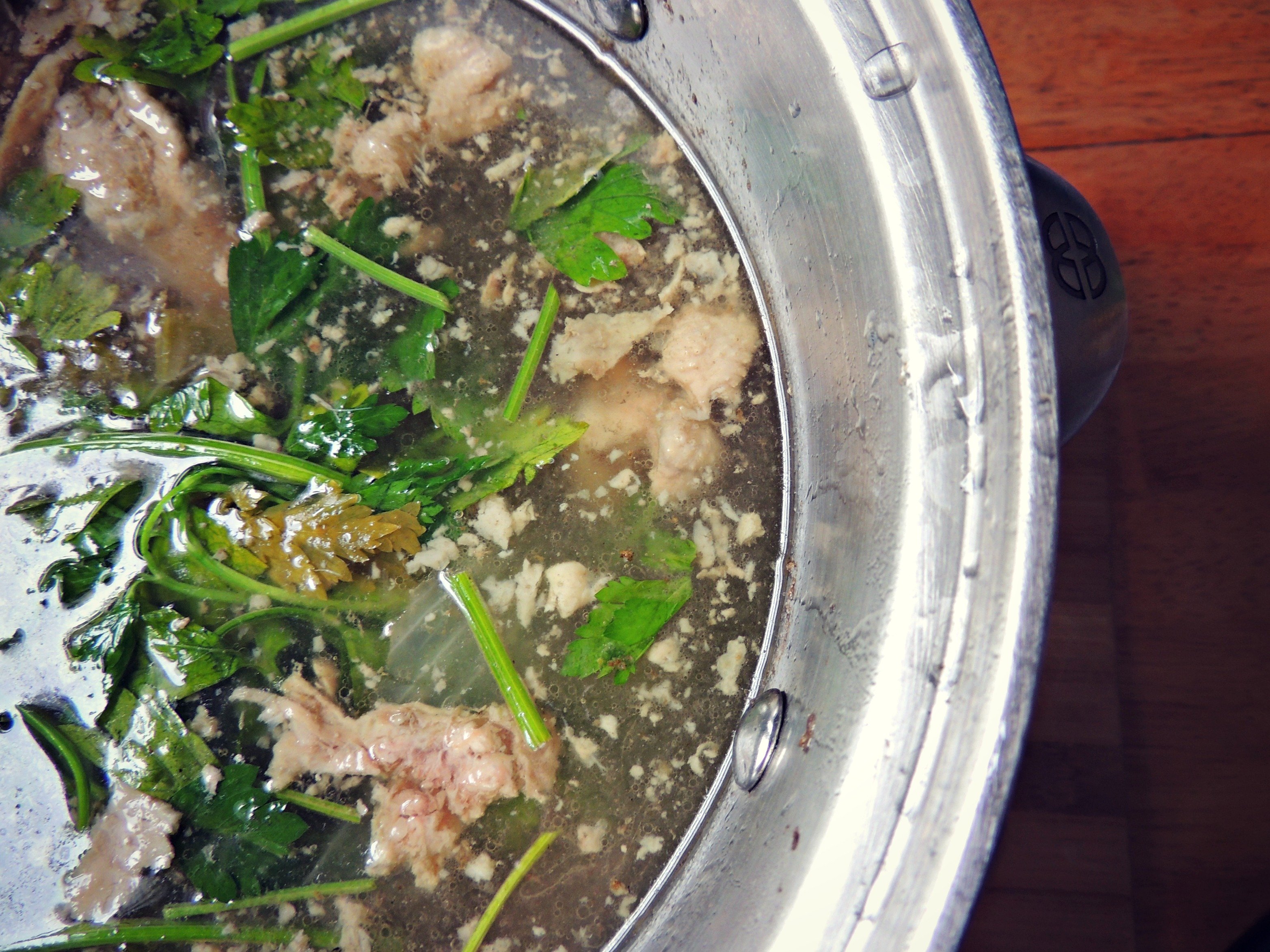Collagen is a building block of the body, providing support for the growth and repair of skin, teeth, bones, ligaments and tendons. Given its vital role in maintaining health and vibrancy, it is no wonder that people want more of it. Now being pumped into creams, pills, powders and even injections, claims about the nutricosmetic superstar collagen have been splashed into magazines and highlighted in store displays. Yet, taking a step back from this glamorous buzz, it is important to consider collagen from a holistic perspective: how does it work in the body and where does it come from? Learn why traditional diets naturally provided support for the production of collagen, and how you can reincorporate these wholesome sources into your diet to help your body stay youthful and strong.
What is Collagen?
Collagen is an insoluble fibrous protein that is found in many of the supportive structures in our body. A major component of the extracellular matrix and connective tissues, there are over 15 different types of collagen- all of which contribute to the scaffolding of bound proteins and sugars that forms the basic frame of the human body. In fact, collagen is our most abundant form of protein, comprising about 30% of the total protein in the body. Collagen fibers are a primary constituent of bones, teeth, tendons and ligaments. Collagen fibers also provide support for soft tissues by giving structure and shape to vital organs such as the liver, heart and kidneys as well as forming the connective sheets of cells in the blood vessels, muscles and eyes. Collagen is also responsible for the firmness and elasticity of skin, and it is involved in the continuous renewal of cells that repairs blood vessels, bruises and broken bones.
So where does collagen come from? As one might surmise from the dynamic role of collagen in the body, the synthesis of this sweepingly important protein is a rather complex biological process. The creation of collagen is an integrated chain of events wherein specialized matrix-forming cells including fibroblasts, osteoblasts and chondroblasts secrete a form of procollagen that is then enzymatically modified to produce the various mature forms of collagen found in our tissues. Procollagen is made up primarily of the amino acids glycine, proline, and hydroxyproline, which are wound into a unique triple helix structure. Collagen production is a continual process, although it significantly slows as we age- resulting in the weakening of cell structures that leads to more easily damaged and thin skin, joint stiffening and loss of elasticity in tendons and ligaments.
Gathering the Building Blocks
The amino acids proline and glycine are known as “conditionally non-essential nutrients,” meaning that under ideal circumstances, a body naturally produces adequate amounts on its own. Therefore, we tend not to hear very much about them in conventional dietary dogma. Yet at times of imbalance, when stress, illness or fatigue compromise one’s ability to function optimally, these amino acids are not produced at an adequate rate and then it becomes essential for them to become a component of your diet. In an often turbulent modern world, many people are presumably less efficient at producing proline and gylcine at baseline, making sufficient dietary intake oftentimes desirable.
There are a plethora of collagen supplements out there on the market nowadays that come complete with a hefty price tag and a neat list of health claims on the bottle. However, evidence on the efficacy of these supplements is flimsy at best, with few completed studies on their benefits. Instead of splurging on these pricey posh supplements, there are some simple, wholesome, and inexpensive things you can do at home to support healthy connective tissue and radiant skin.
Unsurprisingly, one of the best sources of the amino acids proline and glycine is from the cartilage and bones of animals. Busy gobbling down individually-wrapped boneless chicken breasts and hastily slapped together patties of lean ground meat, Americans today consume a high proportion of muscle meats that are not rich in these amino acids. In the traditional spirit of using and honoring everything, it might just be time to reconsider those "icky" bones that often remain at the market. Here are some key ways to bolster your production of collagen:
Make Nourishing Bone Broths
This shimmering golden liquid is not only divine to sip from the spoon and good for the soul, but it is full of highly bioavailable proline and glycine. Unlike watery store-bought broth imitations, homemade bone broths created from gently simmering chicken, beef or fish bones and cartilaginous parts, are full of gelatin. They provide the full spectrum of organic matrix compounds and the essential fortifying mineral calcium, which lends tendons, cartilage and bone their respective strength and flexibility. A good quality homemade bone broth contains up to 1,500 mg of calcium per liter, along with the cofactors to ensure that it is digested and utilized properly. For a variety of simple bone broth recipes consult your favorite traditional cookbook such as Nourishing Traditions, Real Food All Year or The Naked Foods Cookbook.
Supplement with Gelatin
Another option for getting proline and glycine into the diet is through supplementation with a high quality gelatin. Gelatin is essentially the hydrolyzed collagen from animals and thus has many of the same beneficial nutrients and implications of bone broth. It is convenient and easy to incorporate into your diet. Add an extra scoop into your stocks, soups or sauces as a thickener, or toss some into your daily superfood smoothie. You can also try to make your own jiggly gelatin snacks, which kids (and fun-loving adults of course) also enjoy. Be sure to chose a high quality gelatin, as many brands found in the store are created from animal skin and often contain MSG.
Find Superfood Sources of Vitamin C

Interestingly, vitamin C plays an essential role in the creation and proper binding of procollagen. A deficiency in vitamin C compromises the strength of the peptide bonds in procollagen, making for an unstable basis from which collagen fibrils cannot be correctly formed. Ensuring adequate vitamin C intake through the diet is therefore essential. With the water-soluble nutrient content of our fruits and vegetables compromised in the face of storage, transport and cooking practices, it is important to find concentrated sources of vitamin C in the diet. Choose raw, local fruits, vegetables and dairy, and supplement with vitamin C rich superfoods accordingly. But be wary- the asorbic acid that is cunningly guised as a vitamin c additive in many conventional foods and supplements is not the real thing. Learn the truth about finding natural vitamin C.
Learn More...
The Perfect Health Diet by Paul & Shou-Ching Jaminet
Broth is Beautiful by Sally Fallon


